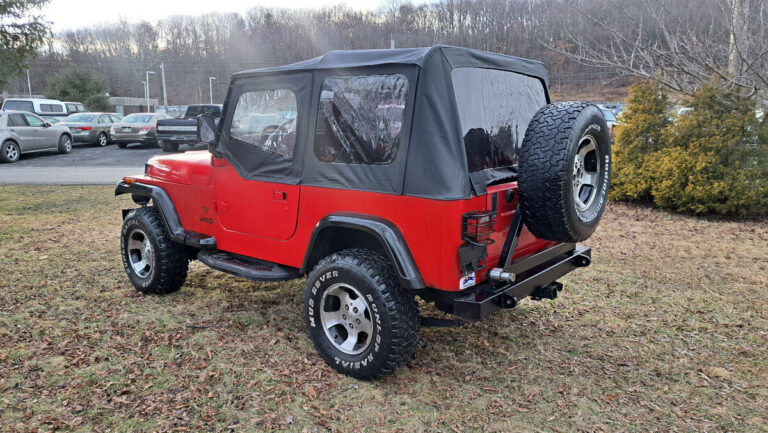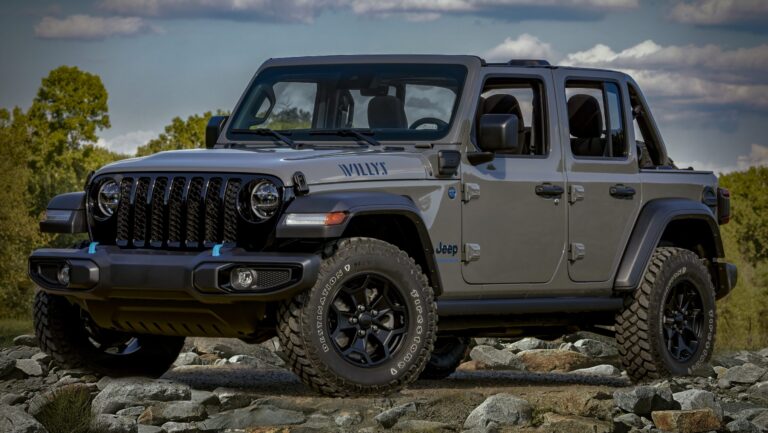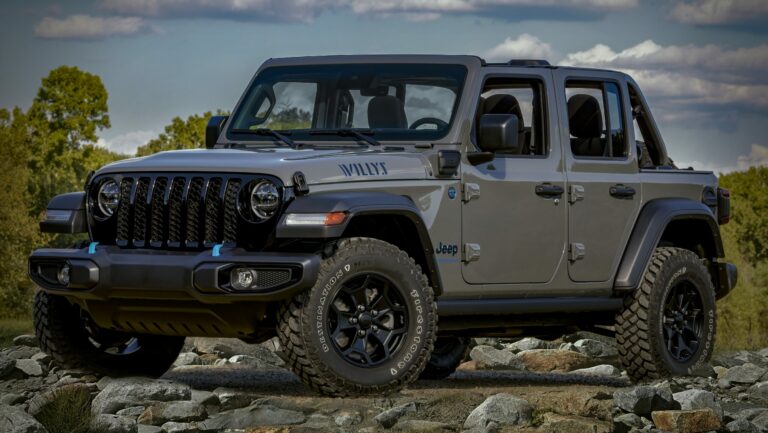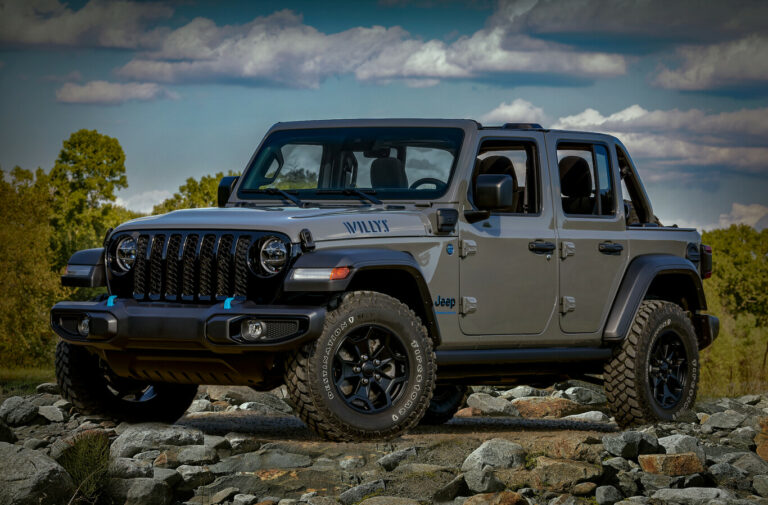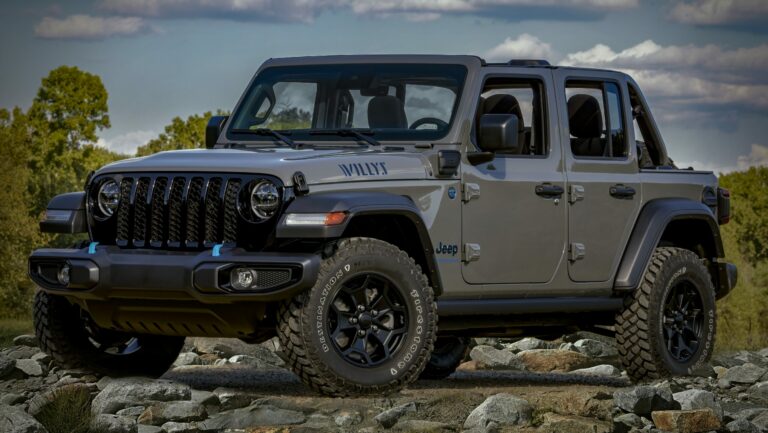Can Jeep Wrangler Tow? Unraveling the Iconic Off-Roader’s Hauling Capabilities
Can Jeep Wrangler Tow? Unraveling the Iconic Off-Roader’s Hauling Capabilities jeeps.truckstrend.com
The Jeep Wrangler. The name alone conjures images of rugged trails, open-air adventures, and unparalleled off-road prowess. It’s a vehicle synonymous with freedom and exploration, designed from the ground up to conquer the most challenging terrains. But beyond its legendary rock-crawling and mud-slinging abilities, a common question arises for many potential owners and outdoor enthusiasts: Can a Jeep Wrangler tow?
The answer, in short, is a resounding "yes," but with significant caveats and important considerations. While the Wrangler isn’t engineered to be a heavy-duty tow rig like a full-size pickup truck, it is surprisingly capable of handling a variety of towing tasks, provided you understand its limitations, equip it correctly, and adhere to safe towing practices. This comprehensive guide will delve deep into the Wrangler’s towing potential, helping you determine if this adventurous icon can also meet your hauling needs.
Can Jeep Wrangler Tow? Unraveling the Iconic Off-Roader’s Hauling Capabilities
Understanding the Wrangler’s Towing Capacity: More Than Just a Number
Towing capacity isn’t a one-size-fits-all figure; it’s a meticulously calculated maximum weight a vehicle can safely pull. For the Jeep Wrangler, this capacity varies significantly based on its generation, specific configuration (2-door vs. 4-door, engine choice, axle ratio), and whether it’s properly equipped for towing.
Several factors contribute to a vehicle’s towing capacity:
- Engine Power & Torque: Sufficient power to move the combined weight and torque to get it moving.
- Transmission: Ability to handle the strain of towing.
- Chassis & Frame Strength: The structural integrity to support the load.
- Braking System: Capability to safely stop the vehicle and trailer.
- Suspension: Designed to manage weight distribution and stability.
- Cooling System: To prevent overheating under load.
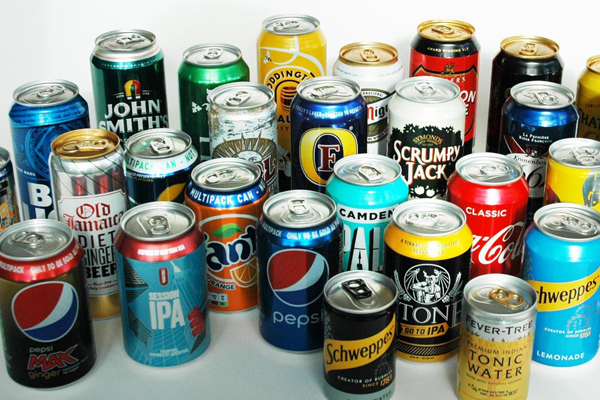
It’s crucial to distinguish between Gross Vehicle Weight Rating (GVWR), Gross Combined Weight Rating (GCWR), and tongue weight.

- GVWR: The maximum permissible weight of the fully loaded vehicle, including passengers, cargo, and any tongue weight from a trailer.
- GCWR: The maximum allowable weight of the fully loaded vehicle and the fully loaded trailer combined.
- Tongue Weight: The downward force exerted by the trailer’s tongue onto the hitch receiver. This should typically be 10-15% of the total trailer weight.
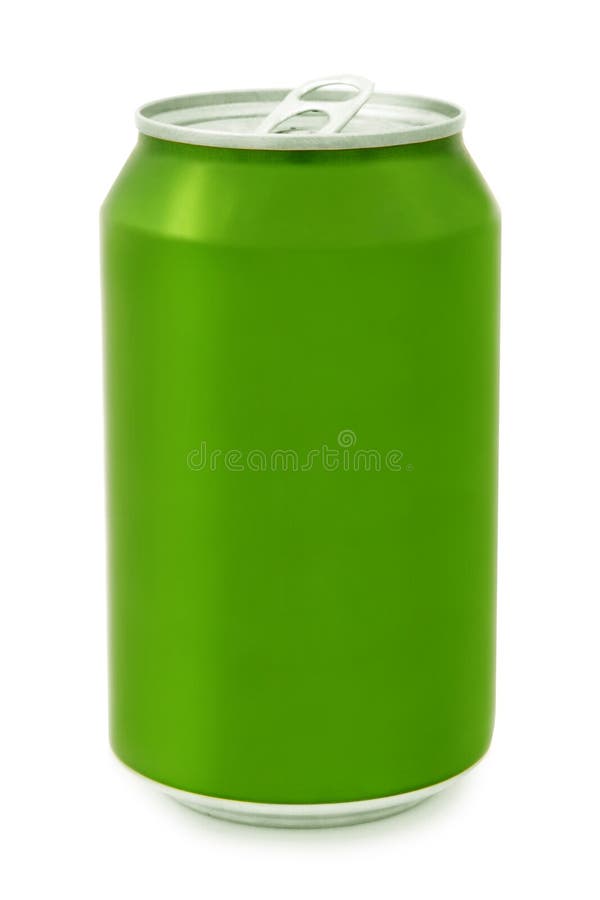
Always consult your specific Wrangler’s owner’s manual for its precise towing specifications, as these numbers are the definitive guide for your vehicle.
Evolution of Towing: Wrangler Generations and Their Prowess
The Wrangler’s towing capabilities have steadily improved over its various generations, reflecting advancements in engineering and a growing demand for versatility.
- YJ (1987-1995): Early models had very limited towing capacity, often around 1,000 lbs. They were primarily designed for off-roading, not hauling.
- TJ (1997-2006): Saw a modest increase, with some configurations reaching 2,000 lbs. Still, towing was not a primary focus.
- JK (2007-2018): This generation marked a significant leap, especially with the introduction of the longer-wheelbase 4-door Wrangler Unlimited. While 2-door JK models generally maintained a 2,000 lbs capacity, the 4-door JK Unlimited could tow up to 3,500 lbs when properly equipped. This made it a viable option for small campers and utility trailers.
- JL (2018-Present): The current generation Wrangler pushes the envelope further. While 2-door JL models typically retain a 2,000 lbs capacity, the 4-door JL Unlimited, particularly with the optional 3.6L Pentastar V6 or 3.0L EcoDiesel engine, can tow up to an impressive 5,000 lbs. This higher capacity is attributed to a stronger frame, improved suspension, and more robust powertrain options. The 4xe (plug-in hybrid) models also maintain competitive towing figures.
The key takeaway here is that the 4-door Wrangler Unlimited models consistently offer higher towing capacities due to their longer wheelbase, which inherently provides greater stability for towing.
Key Considerations Before Hitching Up Your Wrangler
Before you even think about connecting a trailer, several critical factors must be evaluated to ensure a safe and successful towing experience.
- Payload vs. Towing Capacity: Do not confuse these. Your Wrangler’s payload capacity (how much weight it can carry inside the vehicle, including passengers and cargo) directly impacts how much tongue weight it can safely bear. Exceeding payload can compromise handling and safety, even if you’re within towing limits.
- Engine and Drivetrain: While all Wrangler engines can tow, some are better suited for it. The 3.6L Pentastar V6 and 3.0L EcoDiesel offer robust torque, making them excellent choices for hauling heavier loads. The 2.0L turbocharged engine also performs well, thanks to its low-end torque.
- Axle Ratios: Lower numerical axle ratios (e.g., 3.21) are better for fuel economy, but higher numerical ratios (e.g., 3.73, 4.10) provide more torque at the wheels, making them superior for towing. If you plan to tow regularly, consider a Wrangler with a higher axle ratio.
- Brakes: The Wrangler’s brakes are designed for its own weight. When towing, the combined weight of the vehicle and trailer dramatically increases stopping distance. For any trailer exceeding 1,000-1,500 lbs (check local regulations), a separate trailer brake system is absolutely essential.
- Suspension: While capable, the stock Wrangler suspension can sag under heavy tongue weight, especially on 2-door models. If you plan to tow near your Wrangler’s maximum capacity regularly, consider aftermarket suspension upgrades or airbags to maintain a level ride and improve stability.
- Cooling System: Towing places significant stress on the engine and transmission, generating more heat. Ensure your Wrangler’s cooling system is in top condition. Some factory towing packages include upgraded cooling components.
Essential Towing Equipment for Your Wrangler
Proper equipment is non-negotiable for safe and effective towing with a Wrangler.
- Hitch Receiver: Your Wrangler needs a Class II (2-inch receiver for up to 3,500 lbs) or Class III (2-inch receiver for up to 5,000 lbs) hitch receiver. Many JL Wranglers come with an optional factory towing package that includes a Class II/III hitch.
- Wiring Harness: Essential for powering the trailer’s lights (tail lights, brake lights, turn signals) and, if equipped, the trailer’s electric brakes. Most factory towing packages include a 4-pin and 7-pin connector.
- Trailer Brake Controller: A crucial safety device that allows you to manually or proportionally apply the trailer’s brakes. This is vital for controlling stopping distance and preventing trailer sway. It’s usually an aftermarket add-on unless specified in a factory towing package.
- Weight Distribution Hitch (WDH): For trailers approaching your Wrangler’s maximum capacity (especially over 3,000 lbs), a WDH helps distribute the trailer’s tongue weight more evenly across both the tow vehicle’s and trailer’s axles. This restores proper steering and braking control and reduces stress on the rear suspension.
- Sway Control: Given the Wrangler’s relatively short wheelbase (especially the 2-door), sway control devices are highly recommended. They help mitigate side-to-side motion of the trailer, which can quickly become dangerous. Some WDH systems include integrated sway control.
- Extended Towing Mirrors: Your Wrangler’s stock mirrors likely won’t provide adequate rear visibility when a trailer is attached. Clip-on or extended towing mirrors are essential for seeing traffic and obstacles around your trailer.
Safe Towing Practices with Your Wrangler
Even with the right equipment, safe towing depends heavily on driver awareness and technique.
- Pre-Trip Inspection: Before every tow, check tire pressure on both the Wrangler and the trailer, ensure all lights are working, verify the hitch connection is secure, check safety chains, and confirm trailer brake functionality.
- Proper Trailer Loading: Aim for 10-15% of the trailer’s total weight to be on the tongue. Load heavier items over the trailer’s axle and distribute weight evenly from side to side to prevent sway.
- Adjust Driving Habits:
- Reduce Speed: Towing significantly increases stopping distances. Drive slower than usual and be prepared for sudden stops.
- Increase Following Distance: Allow ample space between your Wrangler and the vehicle ahead.
- Wider Turns: Trailers cut corners, so make wider turns to avoid hitting curbs or other obstacles.
- Avoid Sudden Movements: Smooth acceleration, braking, and steering inputs are critical to prevent trailer sway.
- Use Lower Gears: When going downhill, shift into a lower gear to utilize engine braking and reduce reliance on your brakes. On uphills, using a lower gear will prevent the engine from straining.
- Monitor Your Gauges: Keep an eye on your engine temperature and transmission fluid temperature gauges. If they start to climb, pull over and let the vehicle cool down.
- Practice: If you’re new to towing, practice in a safe, open area (like an empty parking lot) before hitting the open road. Practice backing up, turning, and stopping.
What Can a Jeep Wrangler Actually Tow? Practical Examples
With its capabilities, a properly equipped 4-door Wrangler JL (5,000 lbs capacity) can comfortably tow:
- Small Utility Trailers: For hauling firewood, gardening supplies, or moving small furniture.
- Small Pop-Up Campers/Teardrop Trailers: Many lightweight options are well within the Wrangler’s range.
- ATVs, Dirt Bikes, or UTVs: A single ATV or two dirt bikes on a small trailer is often manageable.
- Jet Skis or Personal Watercraft: Most single or double PWC trailers are well within limits.
- Small Fishing Boats: Many aluminum fishing boats or smaller fiberglass boats with outboards are suitable.
What you generally cannot safely tow with a Wrangler:
- Large Travel Trailers or Fifth-Wheel RVs: These are typically too heavy and long for the Wrangler’s wheelbase and capacity.
- Car Haulers with a Vehicle: Unless it’s a very light race car on an ultra-light trailer, a full-size car hauler will exceed the Wrangler’s limits.
- Large Boats: Big pontoons or cabin cruisers are out of the question.
Jeep Wrangler Towing Capacity Table (Current JL Generation)
| Model/Configuration | Engine Options | Max Towing Capacity (lbs) | Typical Tongue Weight (lbs) | Starting MSRP (Approx.) |
|---|---|---|---|---|
| Wrangler 2-Door | 3.6L Pentastar V6, 2.0L Turbo I4 | 2,000 | 200 | $32,000 – $40,000 |
| Wrangler Unlimited 4-Door | 3.6L Pentastar V6, 2.0L Turbo I4 | 3,500 | 350 | $36,000 – $50,000 |
| Wrangler Unlimited 4-Door (with factory tow package or specific trims) | 3.6L Pentastar V6, 2.0L Turbo I4, 3.0L EcoDiesel V6 | Up to 5,000 | Up to 500 | $38,000 – $65,000+ |
| Wrangler Unlimited 4xe (Plug-in Hybrid) | 2.0L Turbo I4 PHEV | 3,500 | 350 | $50,000 – $65,000+ |
Note: Towing capacities can vary slightly by trim level, axle ratio, and specific options. Always refer to your vehicle’s owner’s manual for precise figures. MSRPs are approximate and subject to change.
Frequently Asked Questions (FAQ) About Wrangler Towing
Q: Can a 2-door Wrangler tow as much as a 4-door Wrangler?
A: No. Due to its shorter wheelbase, a 2-door Wrangler typically has a lower maximum towing capacity (usually 2,000 lbs) compared to a 4-door Wrangler Unlimited (up to 5,000 lbs). The longer wheelbase provides greater stability for towing.
Q: Do I need a trailer brake controller for my Wrangler?
A: Yes, absolutely, for almost any trailer that isn’t extremely light. Most states require trailer brakes for trailers over 1,000-1,500 lbs. It’s a critical safety device for managing stopping distance and preventing sway.
Q: Can I tow a travel trailer with my Wrangler?
A: You can tow small travel trailers, like teardrops or lightweight pop-up campers, especially with a 4-door JL Wrangler. However, larger, heavier travel trailers are generally beyond the Wrangler’s comfortable and safe towing capacity due to their weight and wind resistance.
Q: Does adding a lift kit or larger tires affect towing capacity?
A: Yes, significantly. Lift kits and larger, heavier tires can negatively impact your Wrangler’s towing capacity and stability. They raise the center of gravity, increase rolling resistance, and can put more strain on the drivetrain and brakes. If you plan to tow regularly, consider keeping your Wrangler closer to stock height and tire size.
Q: Is the EcoDiesel engine better for towing?
A: The 3.0L EcoDiesel V6 provides excellent low-end torque, which is highly beneficial for getting a heavy load moving and maintaining speed on inclines. While it contributes to a more relaxed towing experience, the overall maximum towing capacity is still limited by the Wrangler’s chassis and suspension design.
Q: What is "tongue weight" and why is it important?
A: Tongue weight is the downward force the trailer’s tongue exerts on the hitch. It’s crucial for stability; too little can cause dangerous sway, while too much can overload your Wrangler’s rear suspension and compromise steering. It should ideally be 10-15% of the total trailer weight.
Conclusion: The Versatile Adventurer with Towing Chops
The question "Can Jeep Wrangler tow?" is confidently answered with a "yes," but it’s vital to append "responsibly and within limits." The modern 4-door Jeep Wrangler Unlimited, particularly the JL generation with its robust powertrain options and available factory towing package, is a surprisingly capable tow vehicle for light to moderate loads. It excels at hauling the gear that complements the adventurous lifestyle it embodies – small campers, boats, ATVs, or utility trailers for weekend projects.
However, the Wrangler is not a heavy-duty tow rig. Understanding your specific model’s limitations, investing in the right safety equipment like a brake controller and potentially a weight distribution hitch, and adhering to safe towing practices are paramount. When properly equipped and operated, your Jeep Wrangler can indeed be the versatile companion that takes you not only off the beaten path but also helps you bring your adventures along for the ride.


